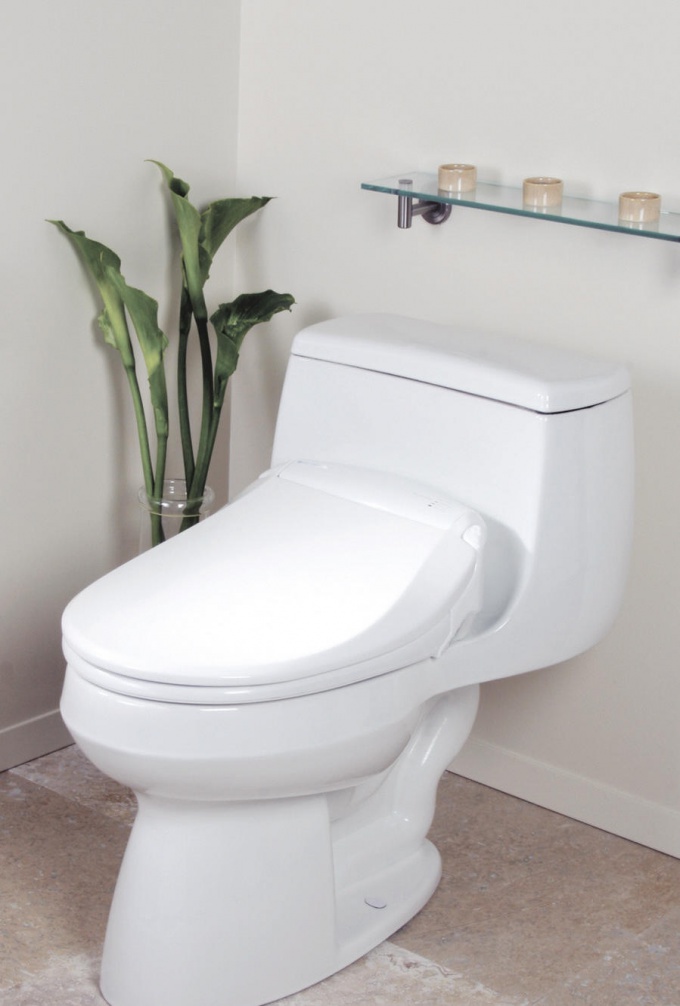You will need
- - vinegar;
- - hydrochloric acid;
- - citric acid;
- - brush or sponge;
- - cleaning agent.
Instruction
1
Removal of plaque on the toilet use Selenomethionine vinegar. 60% vinegar most likely will not help. Pour vinegar in the toilet bowl and leave it on for a long time, preferably overnight.
2
Instead of vinegar you can also use hydrochloric acid 33% solution. Be careful, protect your hands with rubber gloves while working, otherwise they can be damaged. Also put on the special glasses. Pour about 200 milliliters of acid on a dry surface of the bowl without splashing or inhaling. Close the lid of the toilet, leave it for 15 minutes, then rinse. This method can be used if you have no plastic pipe to the riser from the toilet. Hydrochloric acid to replace oxalic. If the plaque on the toilet small, use citric acid or wipe the surface of the toilet bowl with a slice of lemon and then rinse with warm water.
3
If you are afraid to expose their hands and skin hazard, use special tools for cleaning the toilet. You can buy "Sanita", "Surge" special "Toilet duck" or foreign funds. Pour or sprinkle the product onto a sponge or brush, apply on the surface of the toilet, its pre-moistened, and leave for twenty minutes. These funds contains the acid base that effectively removes rust and mineral raids. The RAID also removes chlorine, gel "Domestos" or "Comet."
4
Once a week, wash the bowl with warm water and detergent. Dissolve the powder in warm water and clean the surface of your toilet inside abrasive sponge, which is sold in any hardware store. Rinse with a soft sponge, soaked it in soapy water. By conducting this procedure, you will not finish your toilet before the appearance of plaque.
